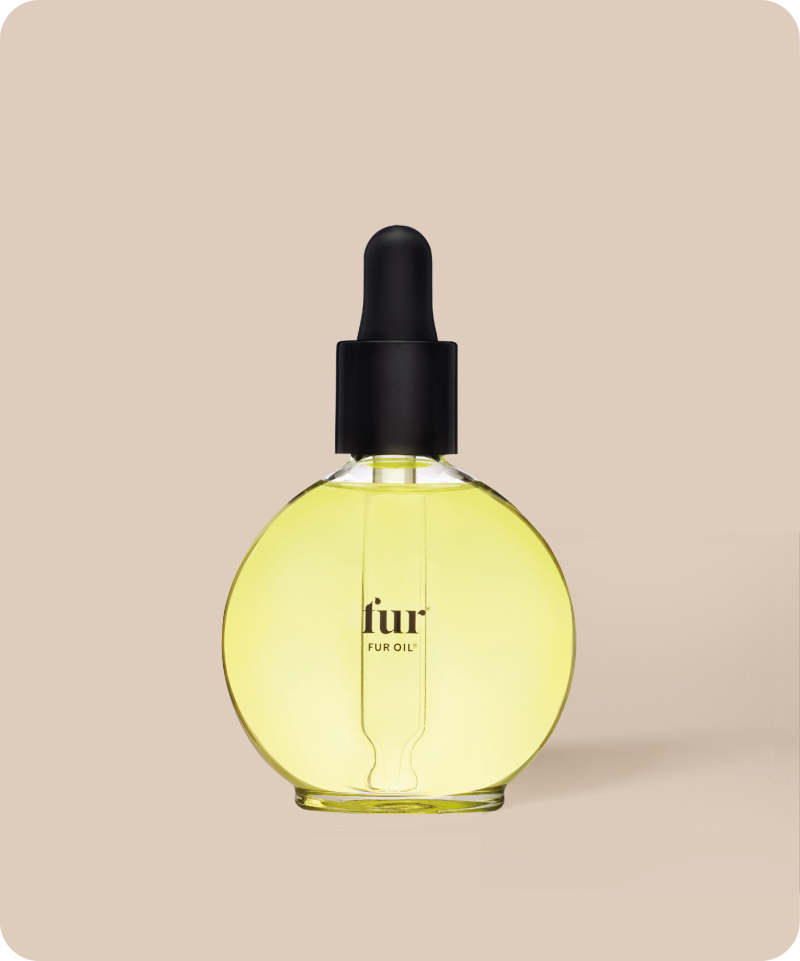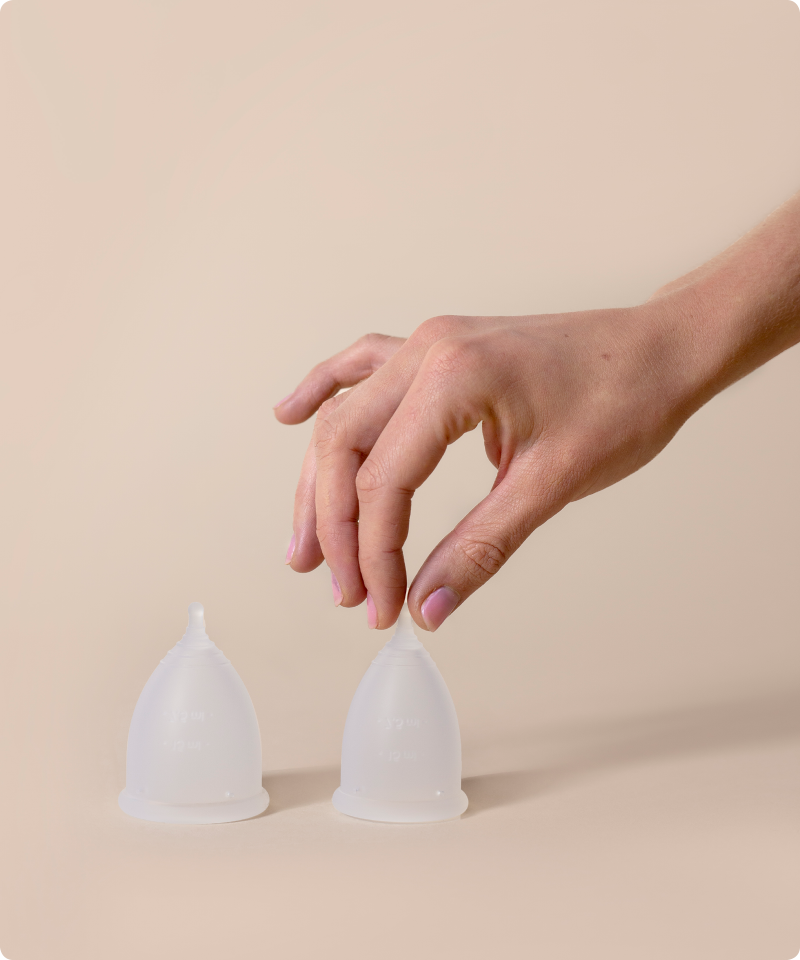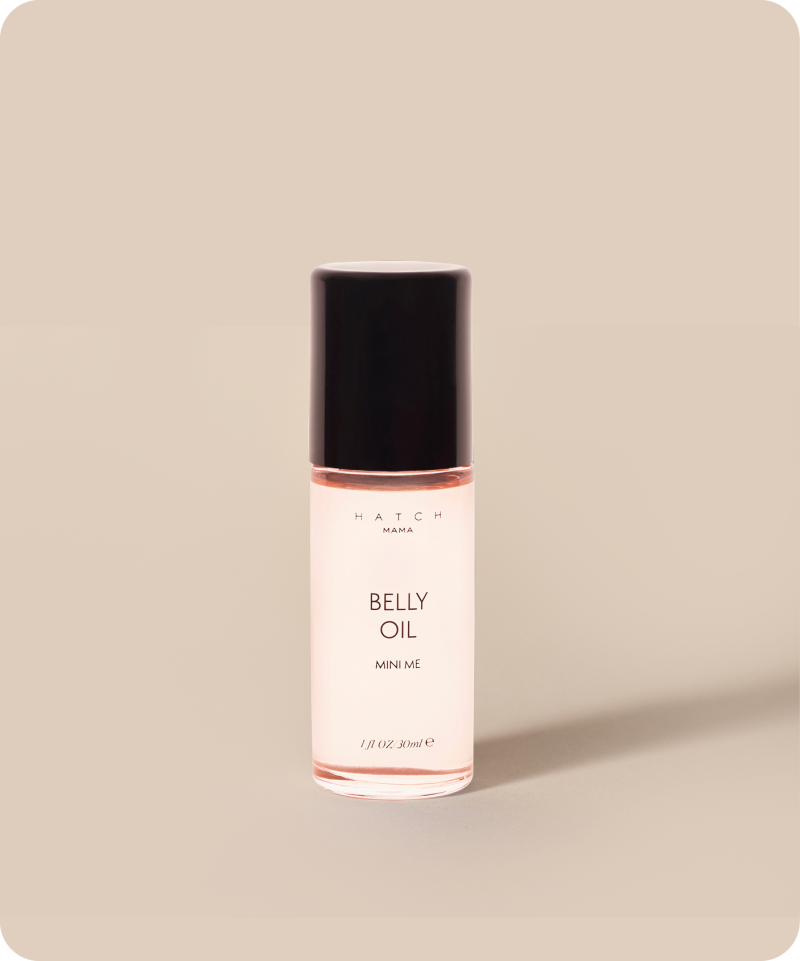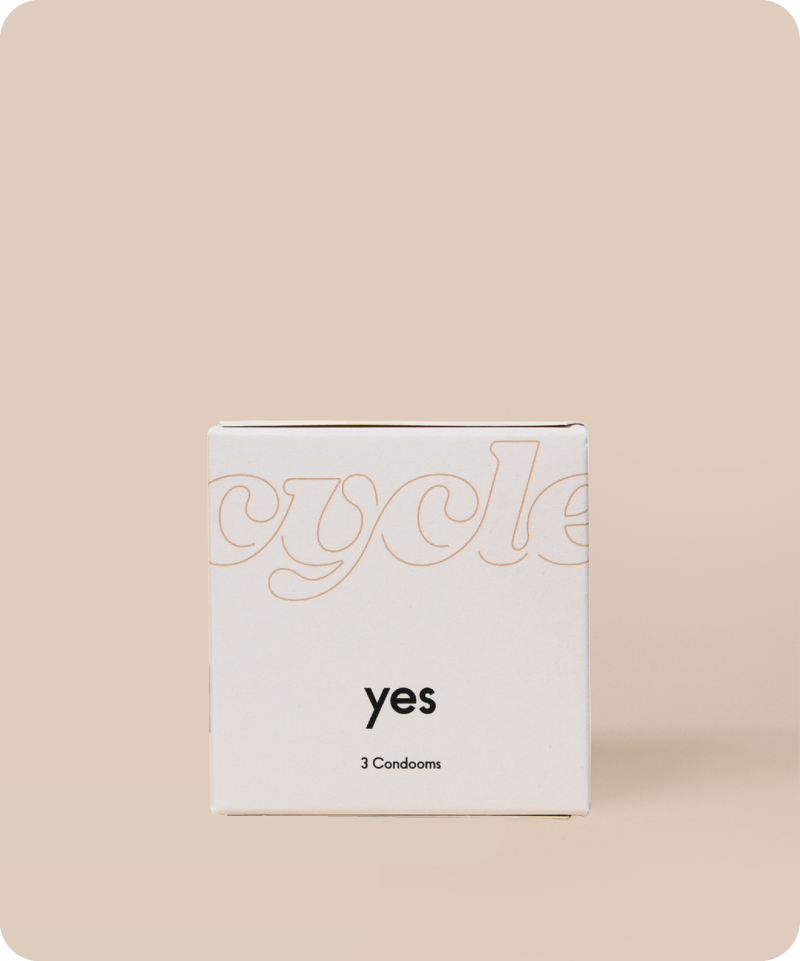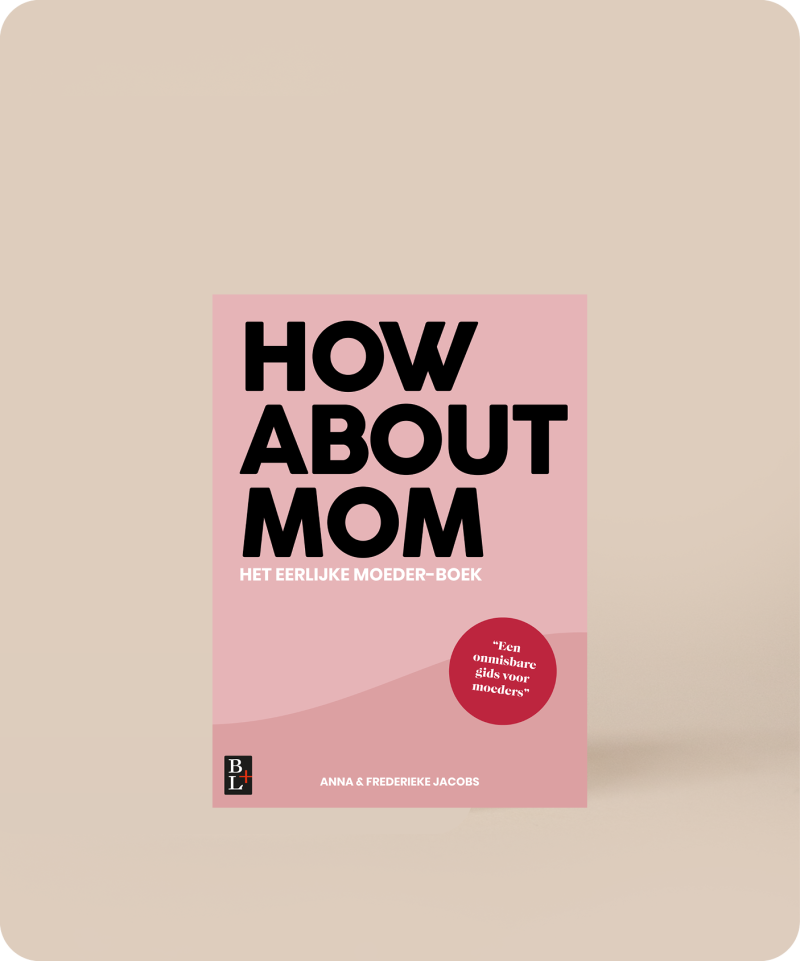The IUD, which different types are there, and what are the pros and cons
But what is an IUD?
An IUD is a small T-shaped plastic device (24 to 36 mm long) that’s placed into the uterus to prevent you from getting pregnant.
Which kinds of IUDs are there?
There are two types of IUD available. The hormonal IUD is also known as the Mirena IUD or the Kyleena IUD, and an IUD without any hormones also known as the copper IUD.
How does the hormonal IUD work?
This hormonal IUD is inserted into the uterus and releases very small amounts of the hormone Levonorgestrel - which is a progestin - every day. The small amount of Levonorgestrel (0.02 mg per day in the Mirena and 0.009 mg in the Kyleena) ensures that you don’t get pregnant for five to six years. That means you don’t have to think about your birth control for five years, which is super nice because if there’s one thing you don’t really want to think about often it’s your birth control!
“An IUD is a small T-shaped plastic device about 24 to 36 mm in size”
A hormonal IUD has two plastic or iron strings that hang down from your uterus and stick out your cervix. These strings make it easier to remove the IUD after five or six years or earlier if there are any complications. You can also make sure the IUD is still in place by checking if you can still feel the strings. Your sex partner shouldn’t be able to feel the strings, but if they do feel something during sex and it’s uncomfortable you can ask the doctor or gynecologist who placed the IUD to cut the strings a little shorter.
When the IUD is placed, it immediately becomes more difficult for the sperm cells to reach and fertilize an egg. And because the Levonorgestrel makes the cervical mucus very thin, it also prevents a fertilized egg from implanting itself into the cervical mucus. So, there’s almost no chance for you to get pregnant!
A copper IUD is an alternative for when you don’t want to put any hormones into your body. It has the same shape and size as a hormonal IUD. It also has two small strings to check if the IUD is still in place and to remove it later on. It’s already in the name but what makes a copper IUD different from the hormonal IUDs is that it contains copper instead of hormones. The copper triggers your immune system and the cervical mucus gets irritated. Because of this, a fertilized egg doesn’t get any chance to implant itself into the cervical mucus and you won’t get pregnant.
What are the pros of an IUD?
The biggest pro is that you don’t have to worry about taking your birth control every day. An IUD, whether it is a hormonal or a copper one, stays in place for a minimum of 5 years and a maximum of 10 years, depending on which one you choose. It’s a perfect solution for those of us who have a tendency to forget to take our birth control! The hormones in a hormone IUD can have a positive impact on your hormonal symptoms. In some cases you no longer get your period, which is often seen as an advantage. With a copper IUD, you do continue to have your periods, which can be a little more intense for the first few months, but after that, it often normalizes again.
Most used hormonal IUDs:
Mirena IUD
Kyleena IUD
Mirena versus Kyleena: What's the difference?
Read moreWhat are the possible side effects of a hormonal IUD?
A changing menstrual cycle: spotting, irregular bleeding, or no menstruation at all
Mood swings
Migraines (but some women actually experiences less migraines)
Excessive body hair (hirsutism) - (never been proven)
Does your hormonal IUD “kill” your natural cycle?
No, that doesn’t happen at all. With a hormonal IUD, you keep your own hormones with all the advantages and disadvantages that come with them. It only releases a small amount of hormones and they mostly affect your skin. So that’s completely different from the bigger effects on your mood and/or brain. You do “kill” your natural cycle with the birth control pill, so that’s a big difference.
what are the cons of the copper IUD?
If you have a copper IUD you'll still menstruate every month, and it’s possible that the copper IUD affects your menstrual cycle. Your menstruation can become a little heavier, you could have some breakthrough bleedings, or your period lasts longer than before. These symptoms will most likely disappear after a few months.
Are there any pros to the copper IUD? Well, you don’t get any additional hormones. You also won’t have to worry about getting pregnant or think about birth control for five to ten years, that's a longer time than when you’d have a hormonal IUD.
Most used copper IUDs:
T-safe (This is the most used copper IUD and protects you for up to ten years, but it’s rather large so it’s less suitable when you’ve never given birth)
Flexi T (Protects you for up to five years)
Gynefix (Protects you for up to five years, but getting this IUD is pretty painful because it’s secured in the wall of the uterus with a kind of barb.)
Multi-Safe Short (Protects you for up to five years)
What are the possible side effects of a copper IUD?
You might experience more discharge or more yeast infections.
Often when the copper IUD has just been inserted, you’ll have heavier and/or longer periods.
There is a minimal risk of an allergic reaction to the copper IUD, but it is difficult to prove this.
Inserting a hormonal or copper IUD
Before the IUD is inserted, the doctor or gynecologist will look inside your vagina to check the position and size of your uterus. They’ll also make sure you’re not pregnant or have any STDs. After all this is done, it will only take a few minutes to insert the IUD. The doctor will use a speculum to hold the vagina open. This way the cervix is brought into view, so it can be disinfected. Then the doctor will attach a tenaculum (a long-handled instrument) to the cervix to help stabilize the cervix and steady the uterus. The cervix is then stretched open and the length of the uterus is measured. Once it’s all measured the doctor will insert the IUD. This can be an unpleasant and painful experience, so we recommend taking some painkillers 1 hour before the procedure. Think of paracetamol, ibuprofen, or naproxen. Doctors also often recommend coughing while they’re placing the tenaculum so that you don’t feel as much pain. You can experience some pain after the placement of the IUD, but that should fade away after a couple of hours.
Everything you need to know about getting an IUD
Read moreGood to know
You should be careful when the specialist removes your IUD, because you're (often) immediately fertile again once it’s removed. If you have any questions or concerns about your IUD, you should always visit your GP.










